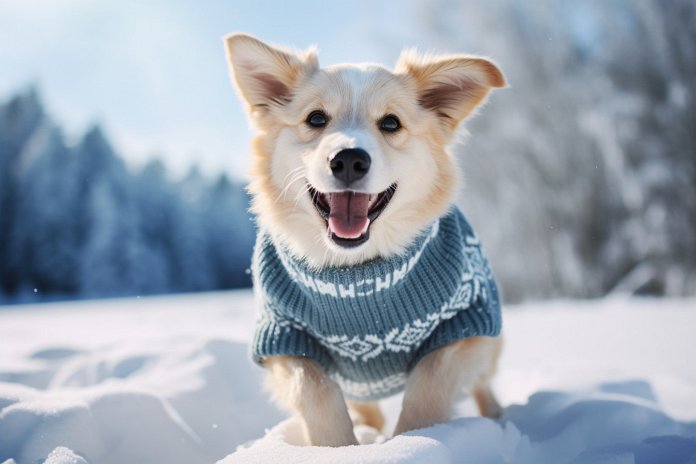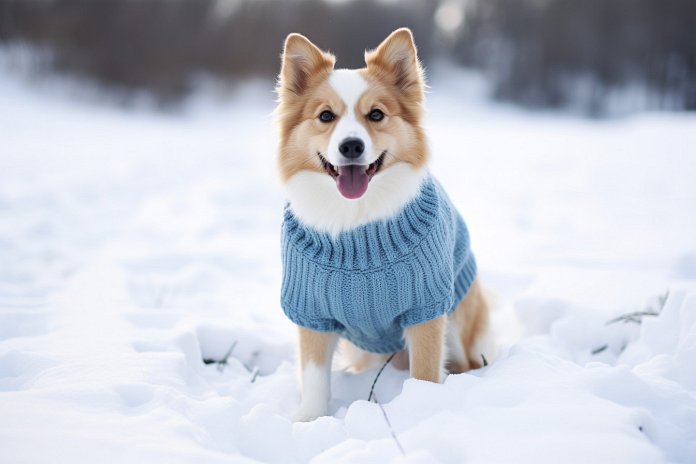
Winter is approaching, and while it can be a cozy time to spend with your dog, it also brings health risks. It’s important to understand how well your dog can handle the cold weather, as some breeds are more equipped than others. Look out for signs that your dog is feeling cold, such as shivering or reluctance to move. Pay attention to your dog’s body language as well, as shaking, weakness, lack of focus, whimpering, and tail tucking can indicate discomfort. Certain breeds have adapted to cold climates, while others struggle in chilly conditions. Factors like coat, size, weight, age, health, and conditioning play a role in how dogs respond to the cold. Researchers have found that dogs have a specialized circulation system in their paws that helps them stay warm. To keep your dog warm in winter, provide shelter, a warm place to sleep, and consider getting a coat or jacket. Be aware of the signs that your dog is struggling and seek veterinary attention if necessary.
“Protecting your furry friend from the winter chill: How to keep your dog warm and safe during the cold months.”

Tips & Things to Know
1️⃣ Understand that different breeds of dogs cope with the cold differently. Some dogs, like Siberian Huskies and Samoyeds, have thick fur and are more equipped to handle freezing temperatures. However, other breeds, especially those bred for warmer climates, may struggle during the winter months.
2️⃣ Be aware of signs that your dog is feeling the cold. This could include shivering, weakness, lack of focus, whimpering, and reluctance to move or go outside. If you notice any of these signs, ensure the dog is brought inside to a warm, dry place as soon as possible.
3️⃣ Take measures to keep your dog warm during winter. This includes providing a warm and dry shelter, ensuring the dog has a comfortable bed with plenty of bedding, possibly investing in a warm coat or jacket for the dog, and recognizing the signs of cold distress. If your dog is showing signs of struggle with the cold, seek veterinary attention promptly.
Frequently Asked Questions, Answered ✅
1. What are some signs that my dog is feeling cold?
– Shivering, whining, reluctance to move or go outside, general weakness
2. How can I tell if my dog is feeling cold through their body language?
– Shaking, weakness, lack of focus, whimpering, tail tucking
3. Why do some dog breeds handle the cold better than others?
– Some dog breeds have been selectively bred for cold weather conditions, while others have been bred for warm climates or indoor living.
4. What factors can affect how dogs respond to the cold?
– Coat thickness and color, size, weight, age and health, and conditioning to cold temperatures
5. How can I keep my dog warm in winter?
– Provide access to shelter, a warm and dry place to sleep, consider a winter coat or jacket, and be aware of signs of discomfort and seek veterinary attention if necessary.